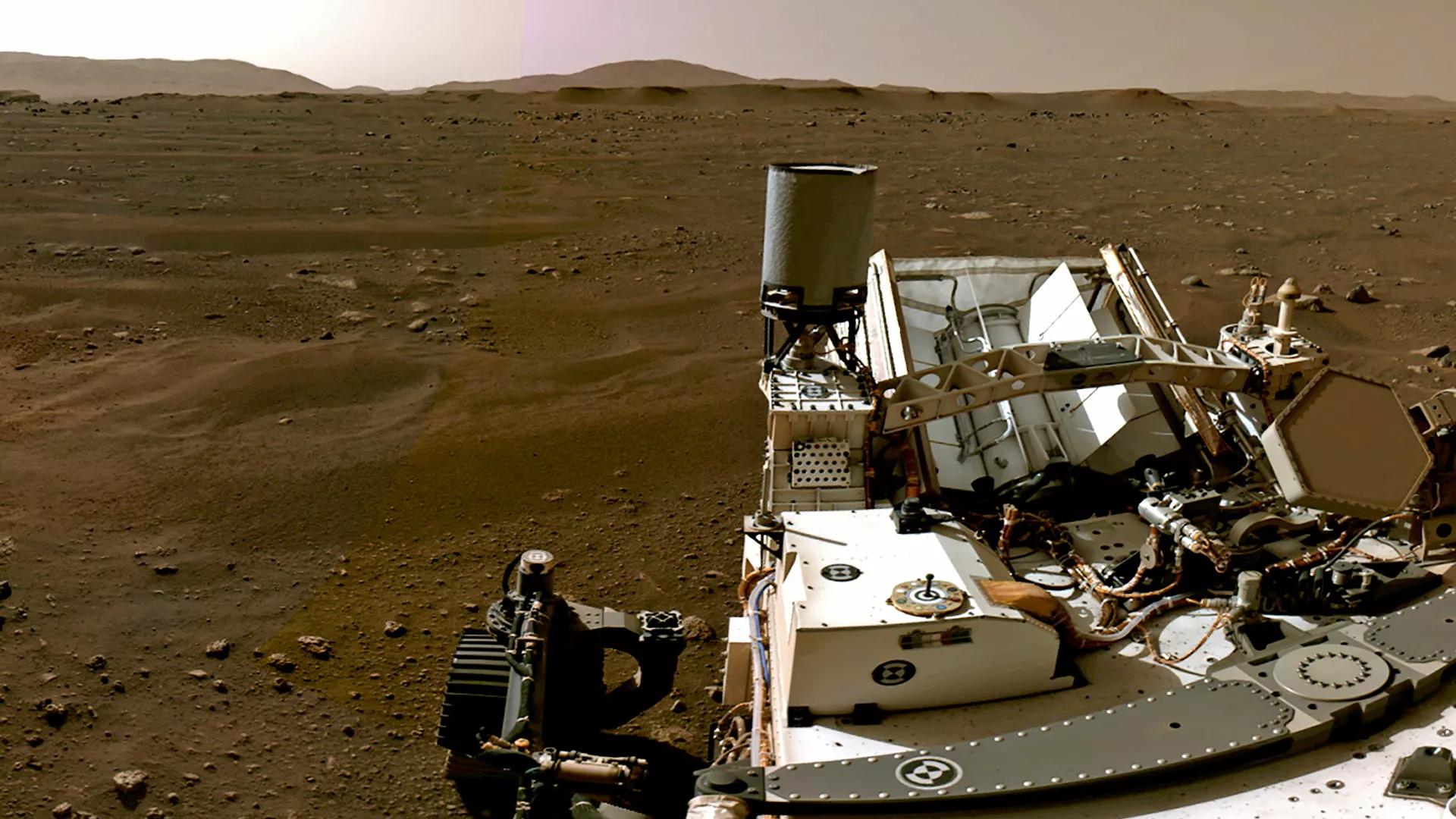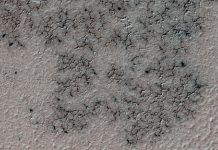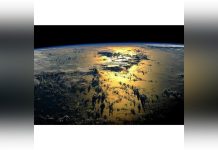Africa-Press – Rwanda. A number of rock samples collected by Perseverance are expected to be brought to Earth via the “Mars Sample Return” campaign to be thoroughly studied by scientists back on Earth.
Scientists operating NASA’s Perseverance rover as it explores the surface of Mars have recently gained new insight into the Red Planet’s geology. According to an article posted on NASA’s website, the science team has learned that the bedrock in the Jezero Crater where the rover landed “likely formed from red-hot magma.”
Kenneth Farley, a geologist at Caltech and Perseverance’s project scientist, noted that he was “beginning to despair” that they “would never find the answer” about the origin of the rocks in the area until the rover’s PIXL instrument “got a good look at the abraded patch of a rock from the area nicknamed ‘South Séítah,’ and it all became clear: The crystals within the rock provided the smoking gun.”
The data obtained by the team via the analysis of a core sample from the South Séítah rock by planetary instrument for X-ray lithochemistry (PIXL) showed that the rock was composed of “an unusual abundance of large olivine crystals engulfed in pyroxene crystals.”
Several of the martian rock samples collected by Perseverance are expected to eventually be brought to Earth via the “Mars Sample Return” campaign, in order to be studied by scientists wielding the equipment too cumbersome to be sent to Mars.
The scanning habitable environments with raman & luminescence for Organics & Chemicals (SHERLOC for short) instrument also detected organic compounds in the area, both in the interior of abraded rocks and in the dust on non-abraded rock.
NASA points out, however, that these findings do not equal the discovery of evidence confirming the existence of life in Jezero, since organics can be created through non-biological, as well as biological, mechanisms.
Beegle described the “preservation of organics” as “very exiting,” adding that, upon the samples’ delivery to Earth, “they will be a source of scientific inquiry and discovery for many years.”
For More News And Analysis About Rwanda Follow Africa-Press






